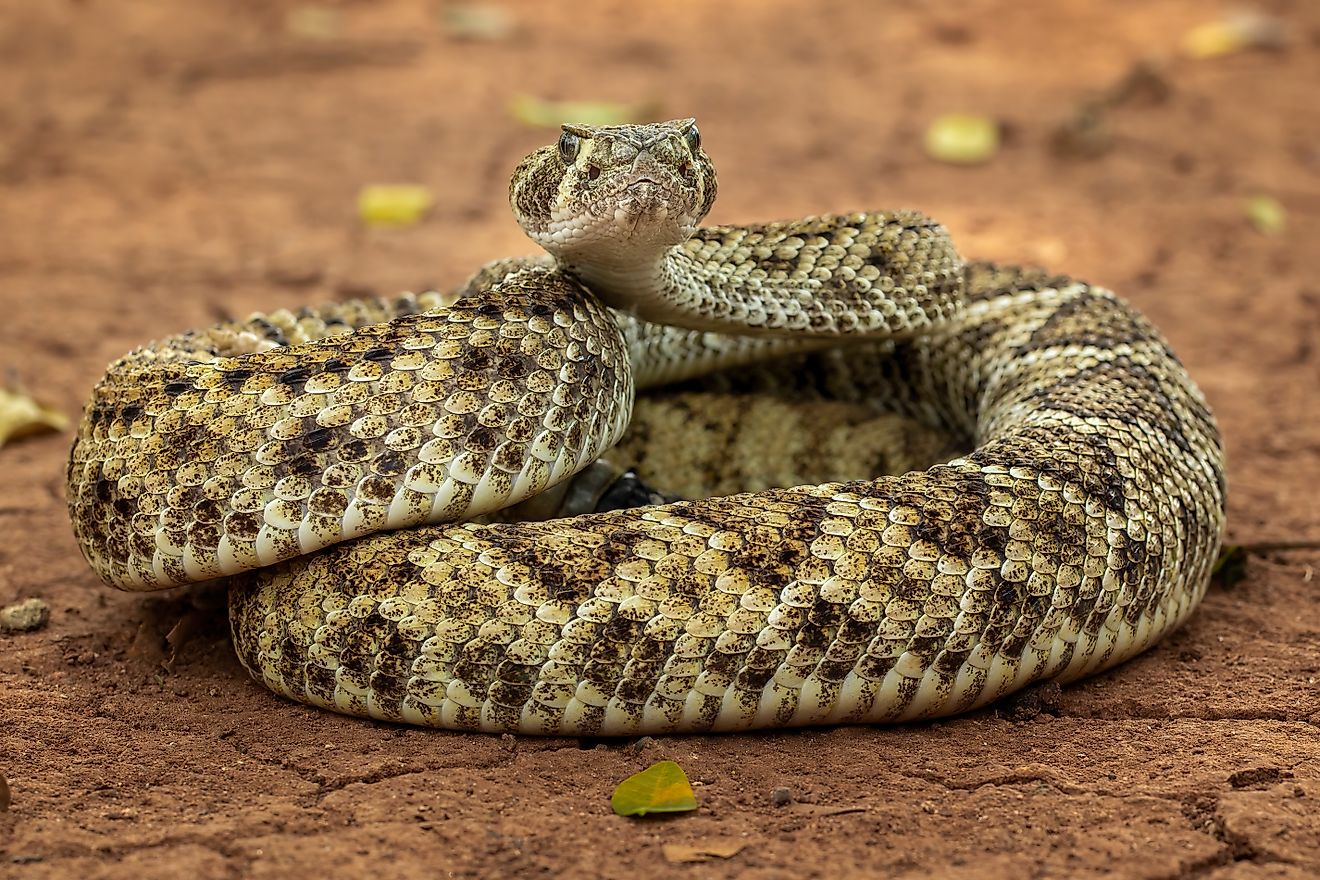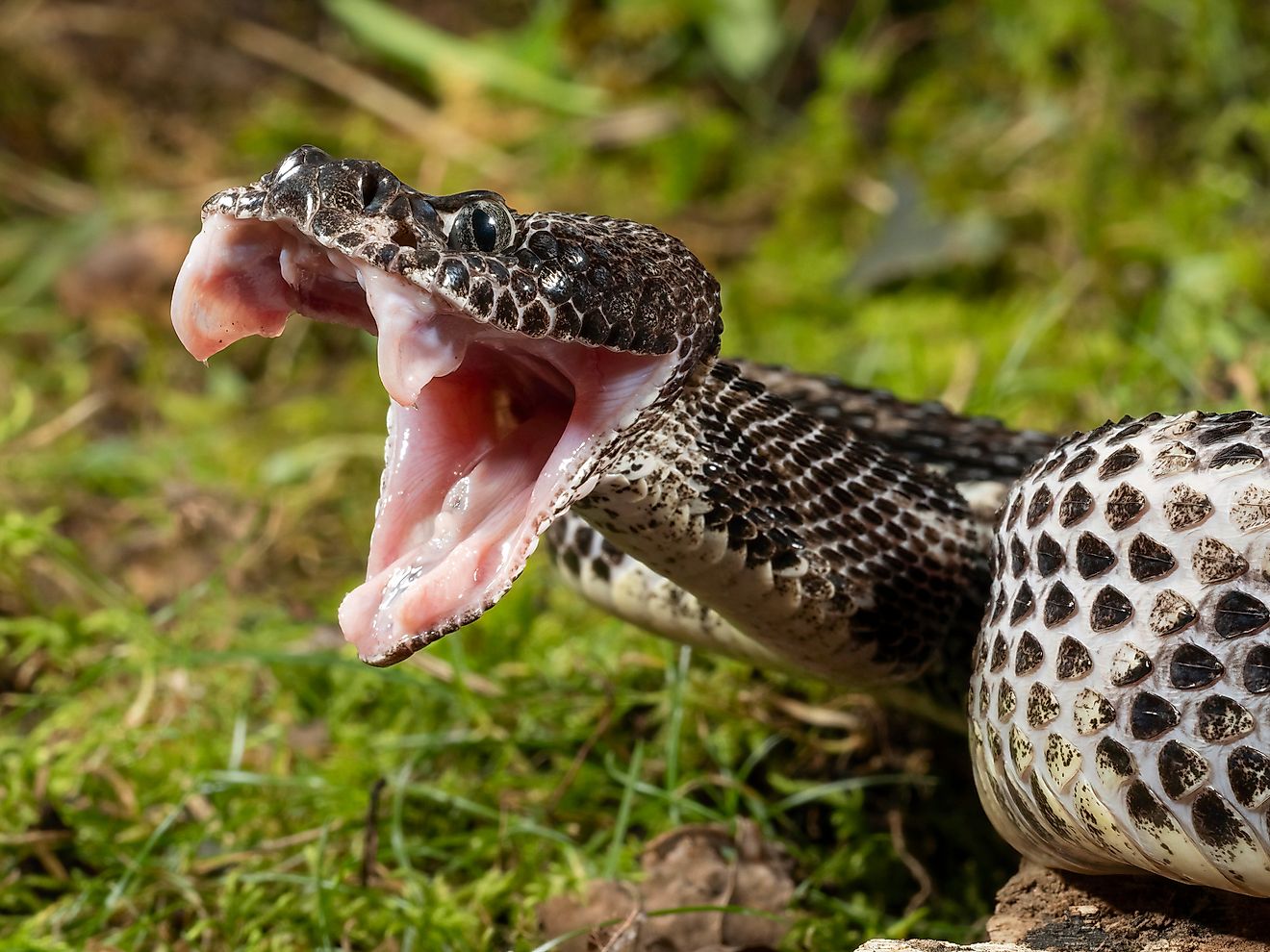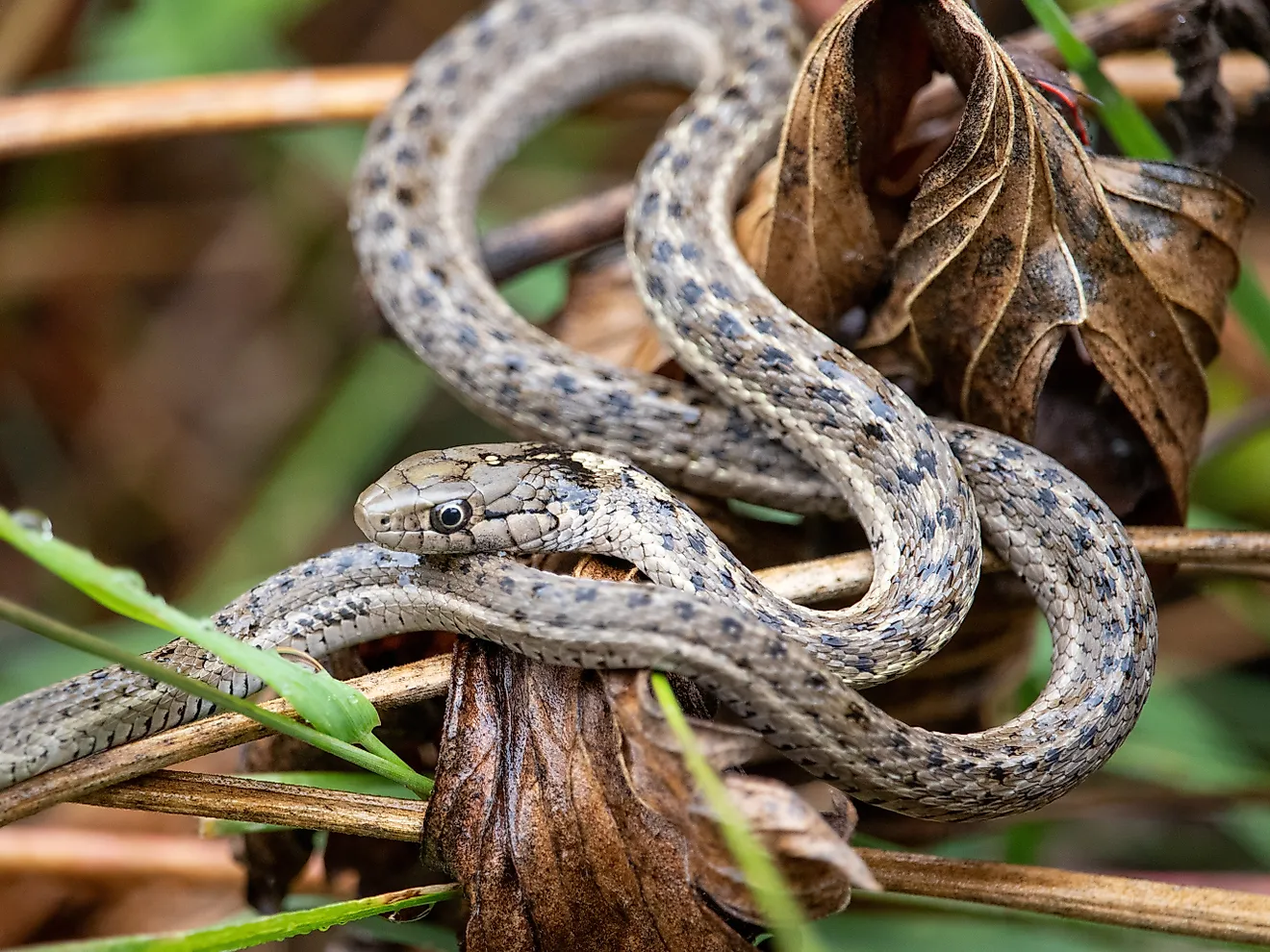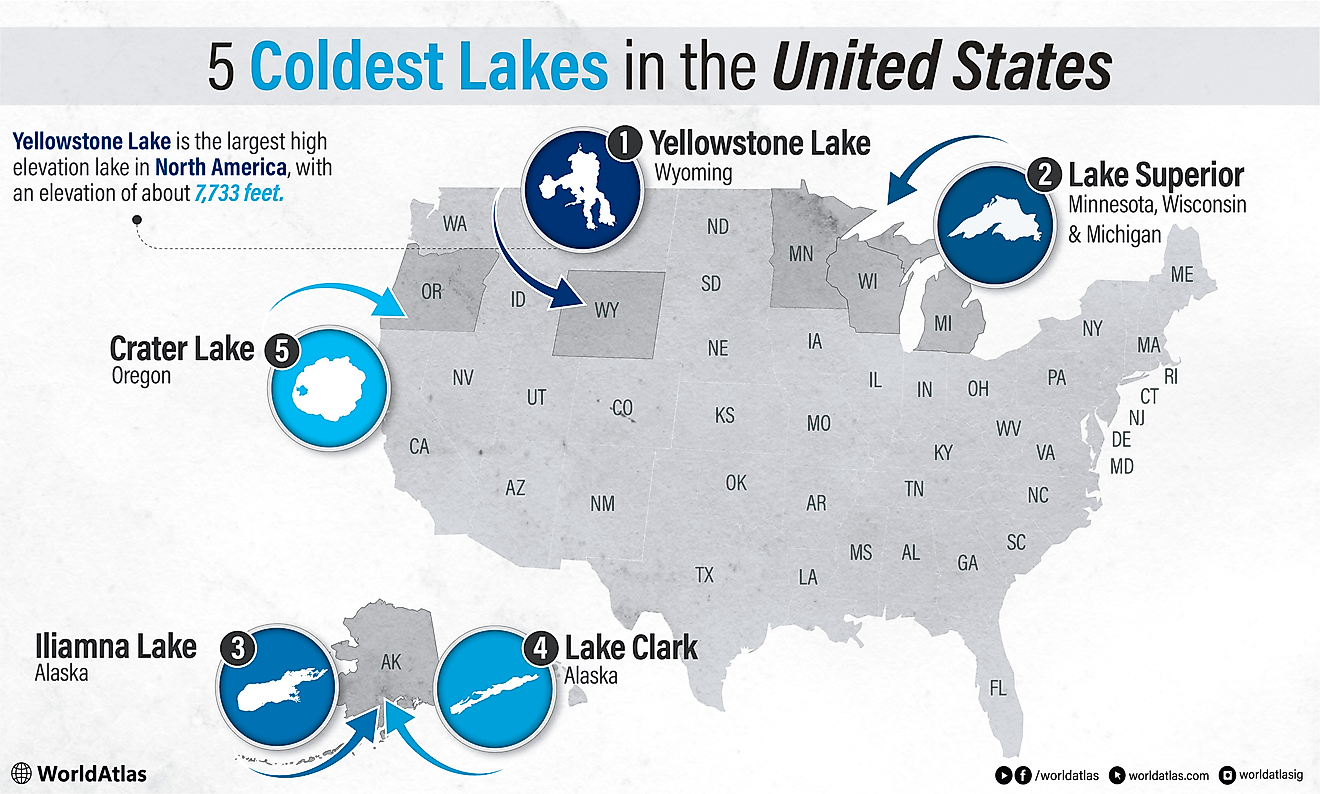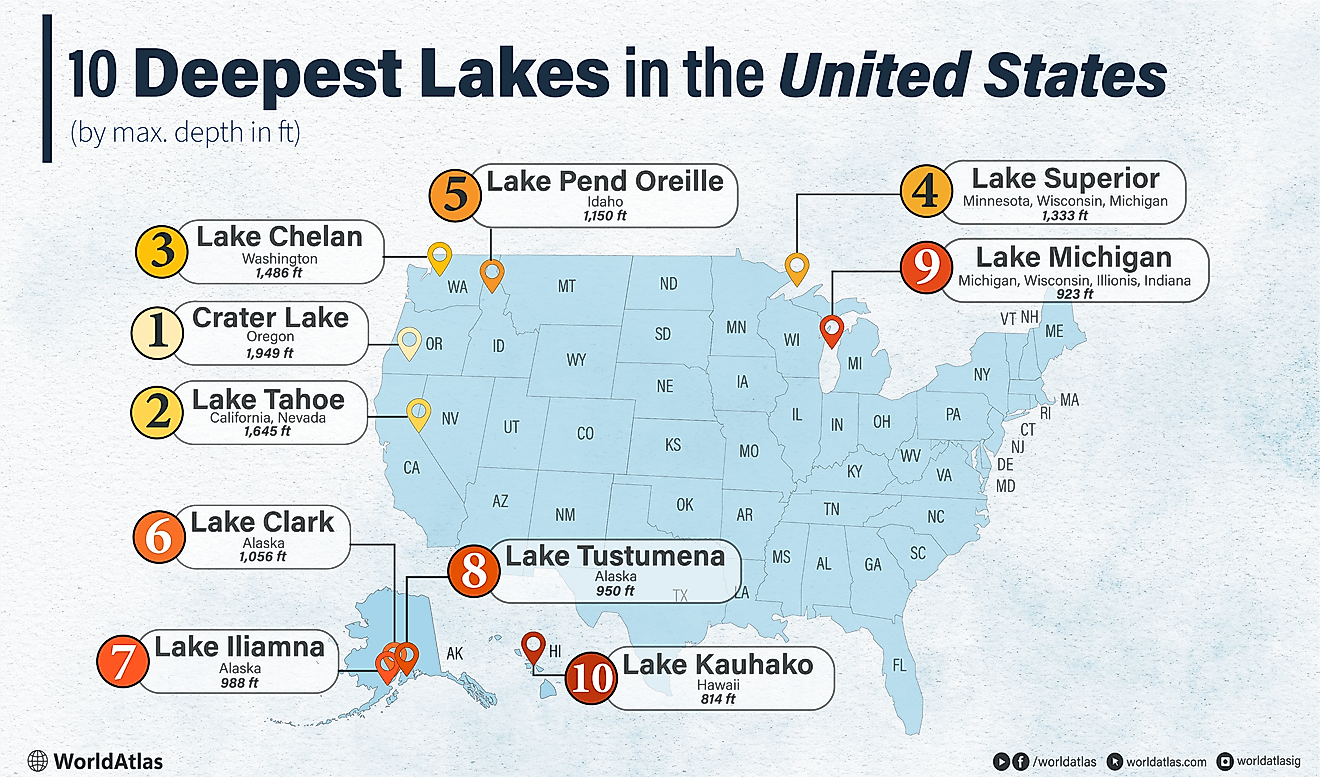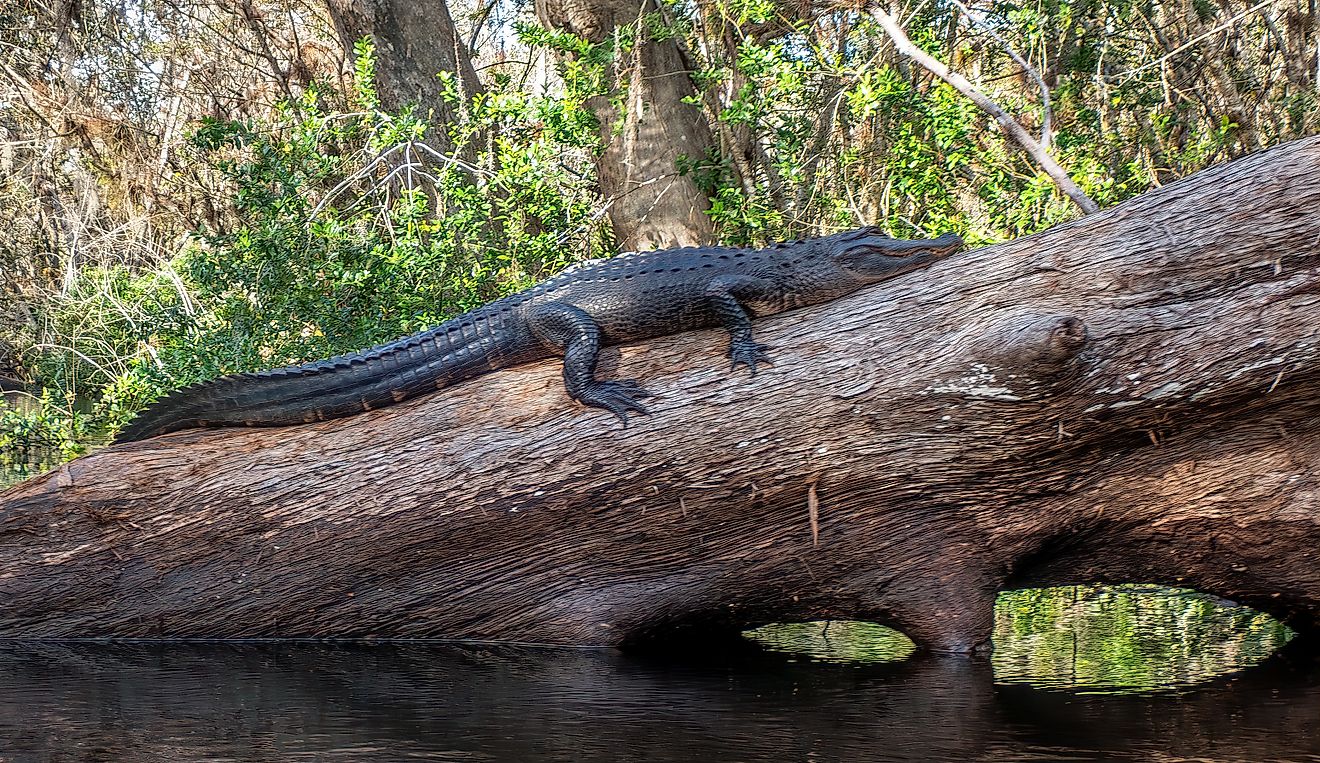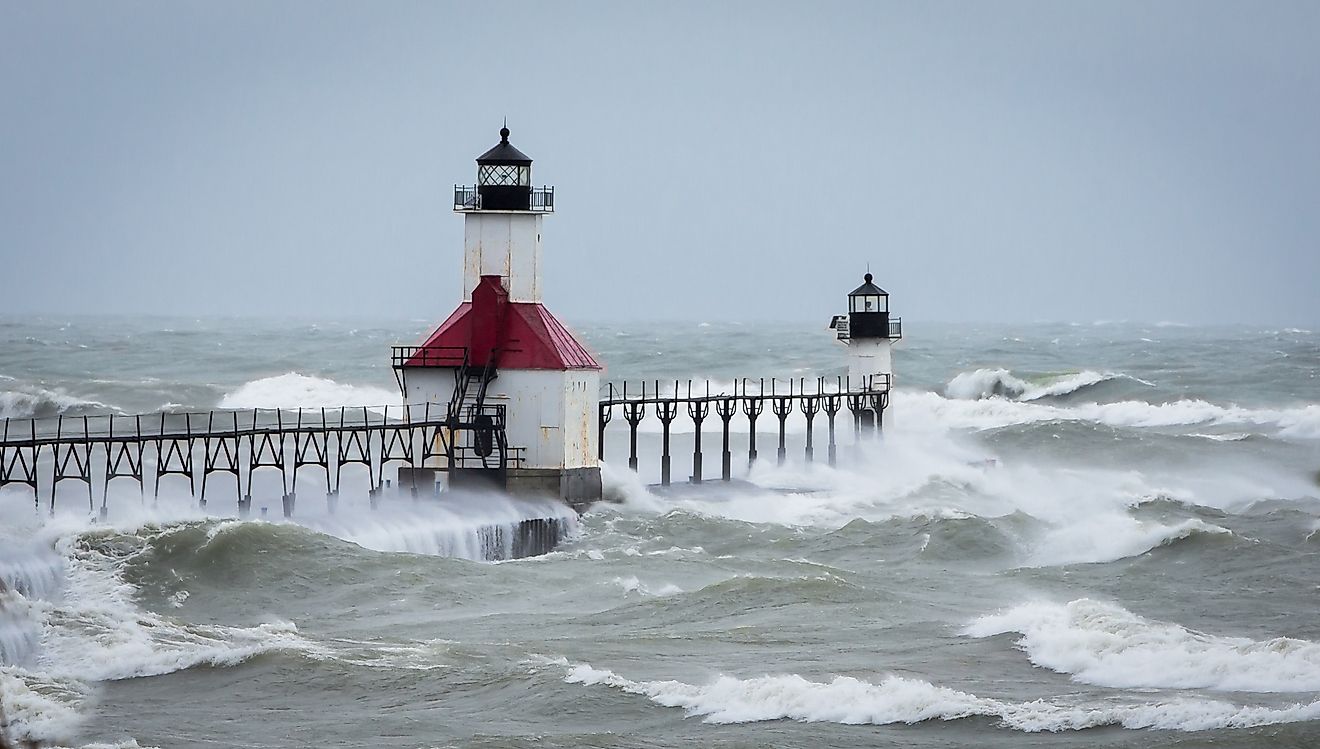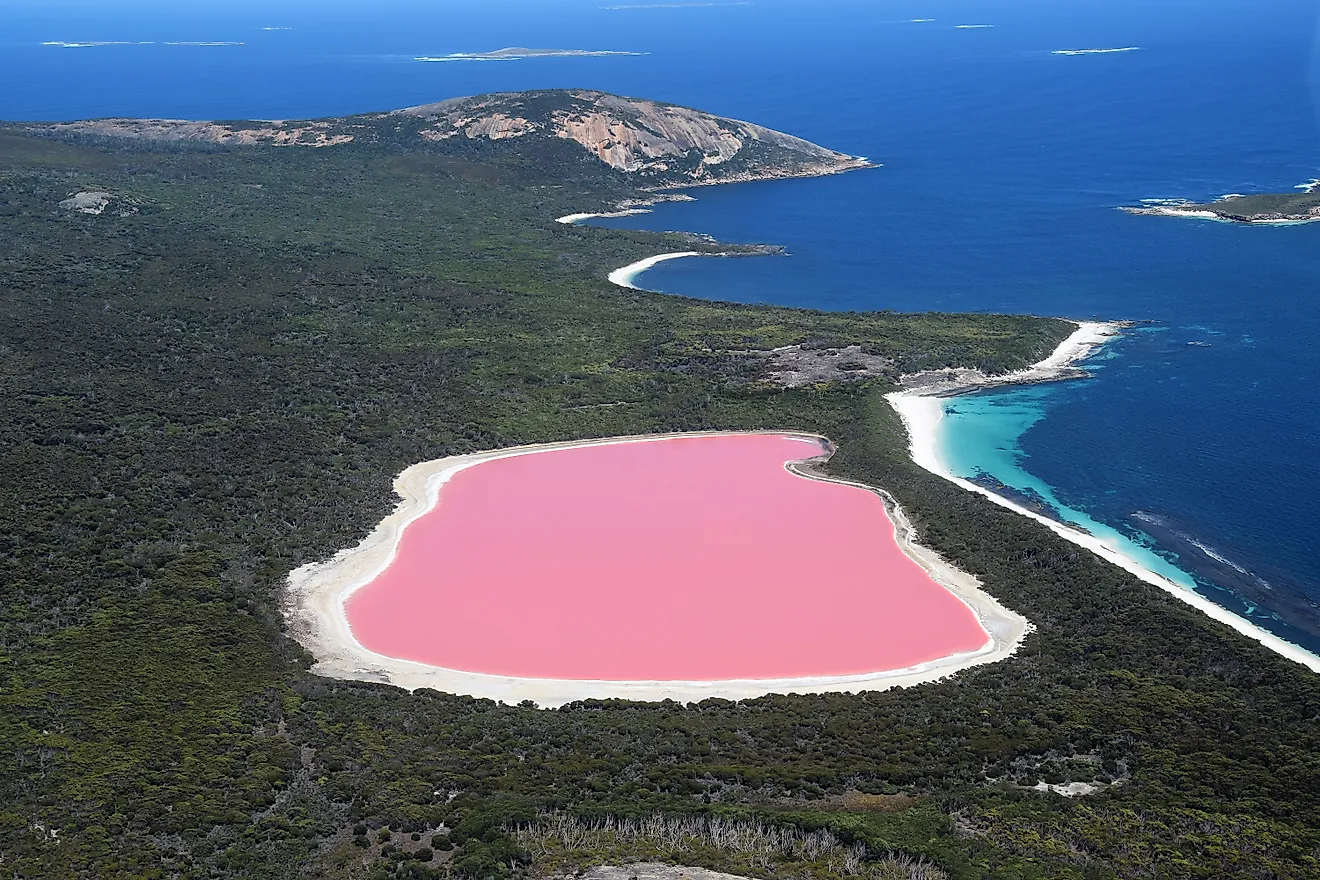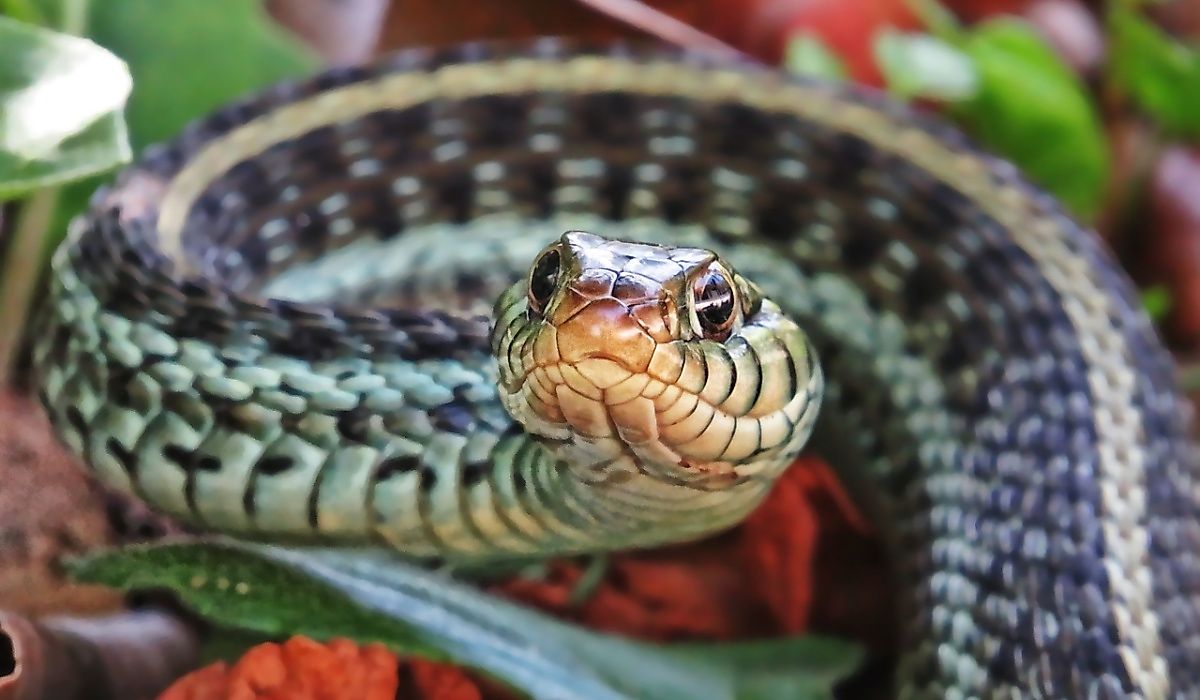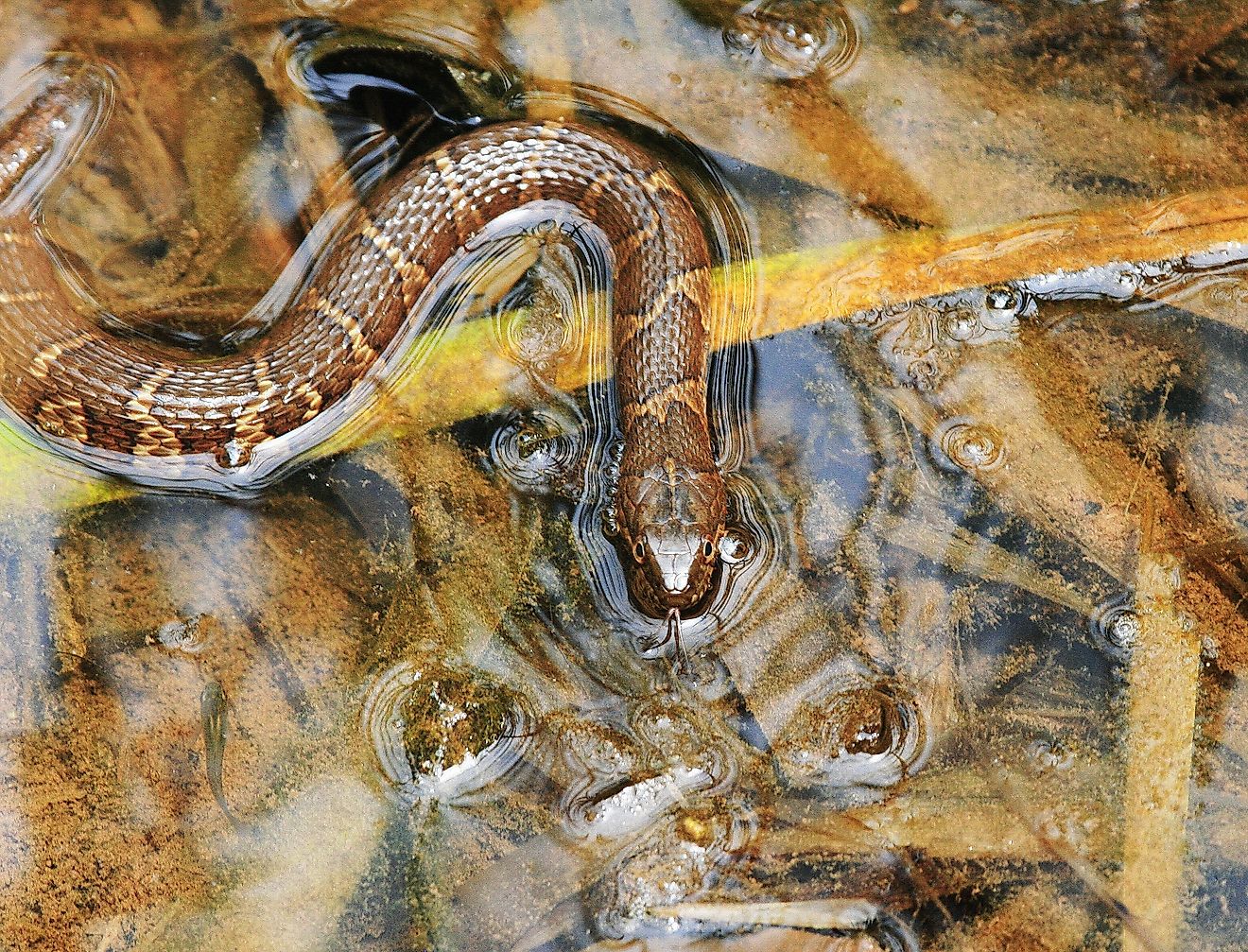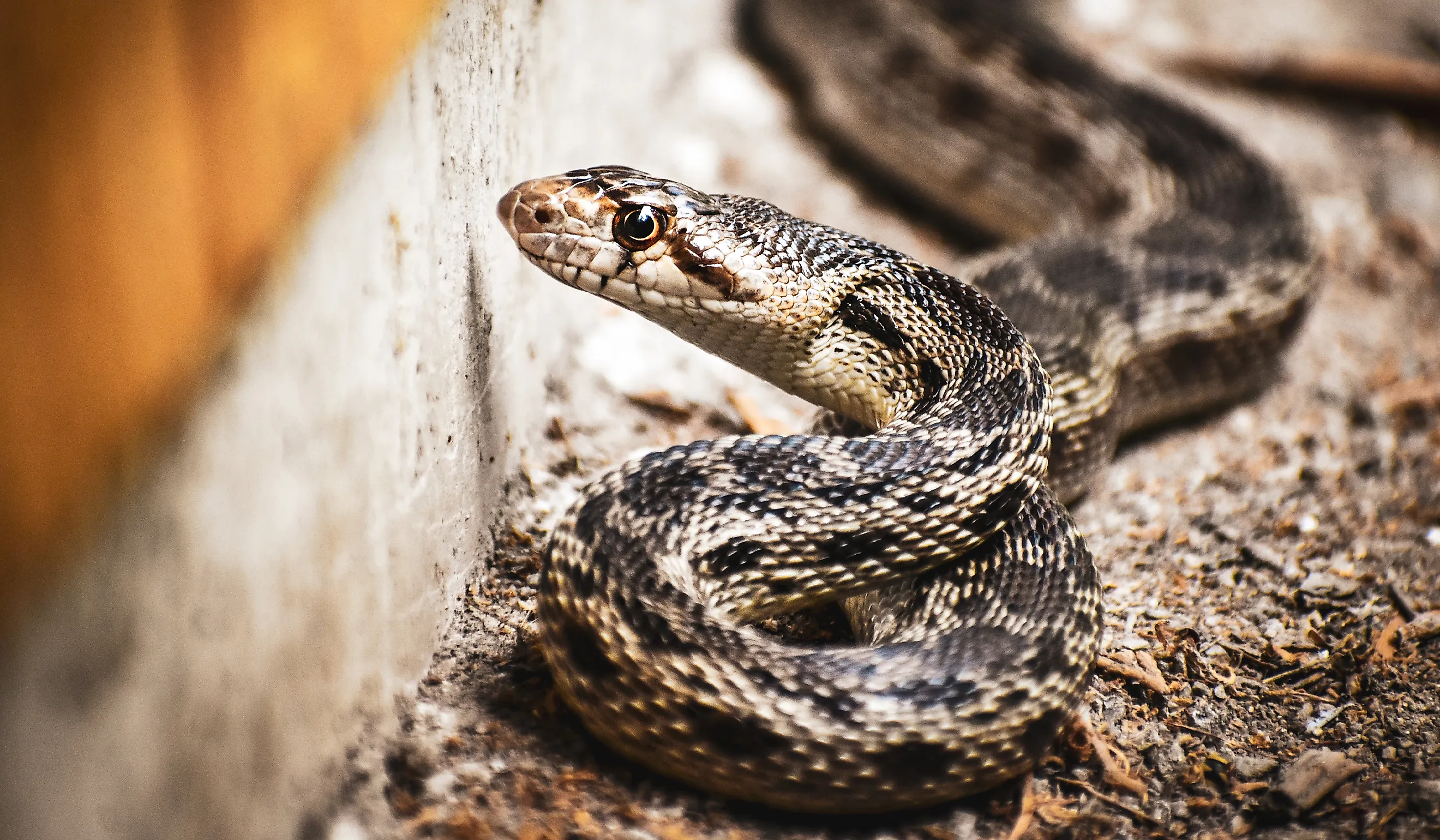
5 Most Snake-Filled Bodies Of Water In Colorado
When thinking of Colorado, grand, beautiful landscapes likely come to mind first. From sprawling forests and sparkling waters to the towering Rocky Mountains, the Centennial State is an ideal destination for anyone who appreciates nature. When it comes to the state’s lakes and rivers specifically, there are endless amounts of fun to be had. From boating and enjoying water-based recreational activities to swimming and picnicking by the water's edge, there is a little something for everyone. However, the waters of Colorado are not just for human enjoyment; many of them serve as habitat for local snakes. So, whether you’re seeking out the slithering reptiles or actively trying to avoid them, these are the most snake-filled bodies of water in Colorado.
Colorado River
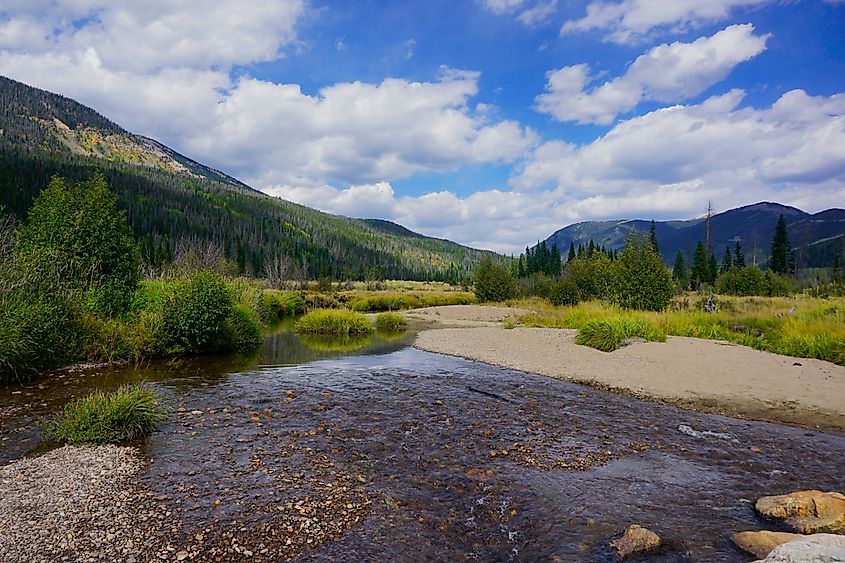
The Colorado River, which starts near Colorado’s Rocky Mountains, stretches 1,450 miles and flows through Utah, New Mexico, Wyoming, Arizona, Nevada, California, and parts of Mexico. Visitors exploring the popular river may encounter Great Basin gopher snakes, Colorado bull snakes, Northern water snakes, and Black-neck gopher snakes. Luckily, none of these species are venomous, so visitors can go on enjoying their day by the river without concern. Since the Colorado River offers a variety of landscapes from water to the surrounding arid landscapes, the area appeals to a wide variety of snakes.
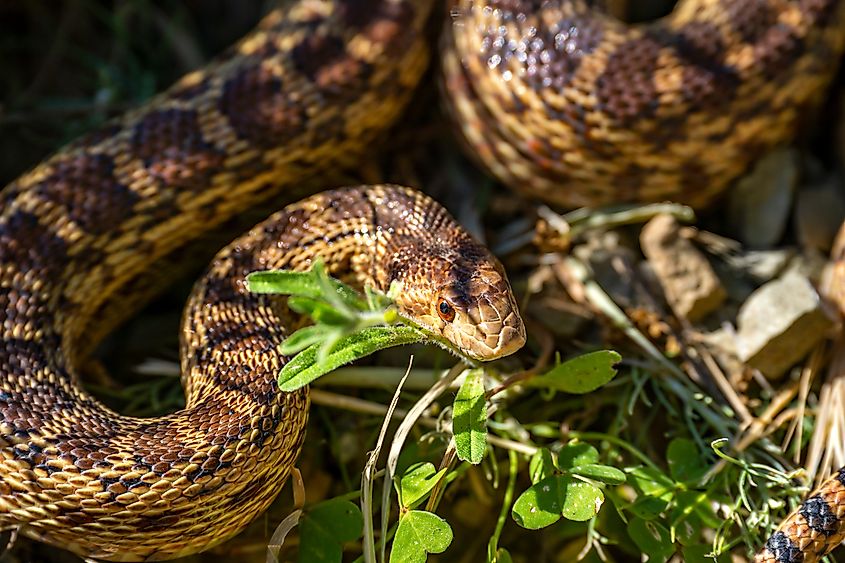
Boyd Lake
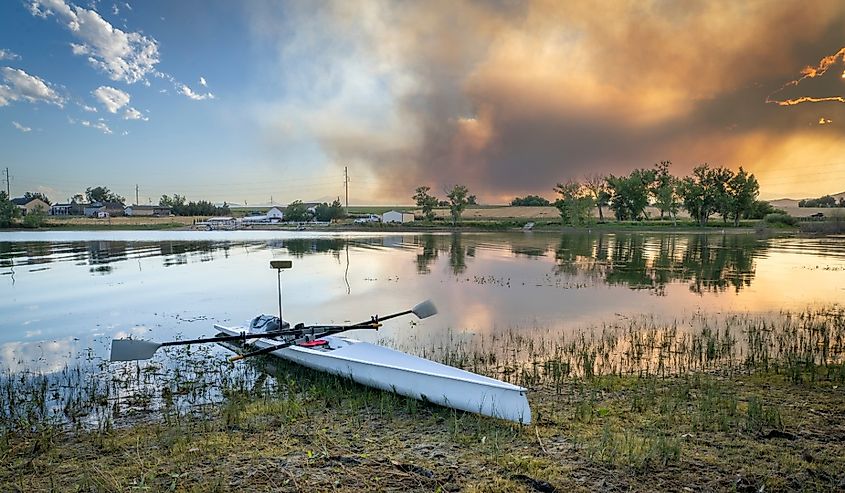
Located entirely within the borders of Colorado’s Boyd Lake State Park, Boyd Lake is a popular spot for water-based recreation. The bright blue body of water spans 1,747 acres and offers opportunities for water skiing, wakeboarding, jet skiing, canoeing, boating, swimming, and more. In and around the lake, visitors are likely to spot both garter and bull snakes. While the latter will hiss and shake its tail to mimic a rattlesnake, it’s actually pretty harmless. The mimicking is meant to scare off potential predators, however more often than not a bull snake will choose to flee from humans.
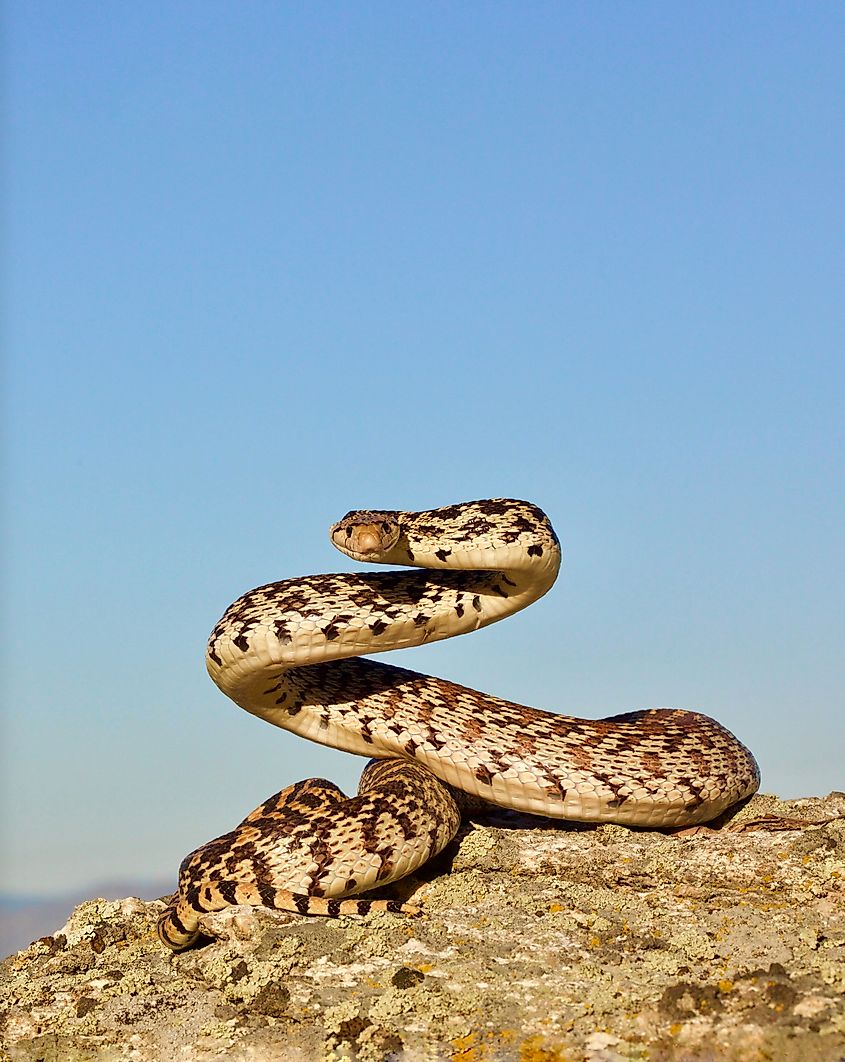
Electra Lake
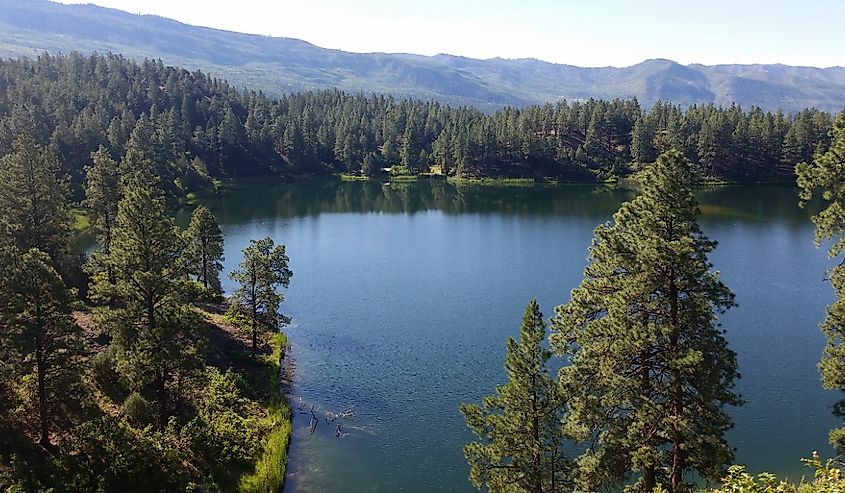
Electra Lake is a private, manmade reservoir in La Plata County, Colorado. The lake has a maximum capacity of 9.7 billion US gallons and is owned by Xcel Energy. The water's primary job is to provide water storage for the Tacoma Hydro Generating Station. Despite the lake’s privately owned status, visitors are welcome to swim and enjoy the water during the summer season, which runs from Labor Day until the end of October, give or take. During this time, it’s possible to spot a blackneck garter snake slithering around the water.
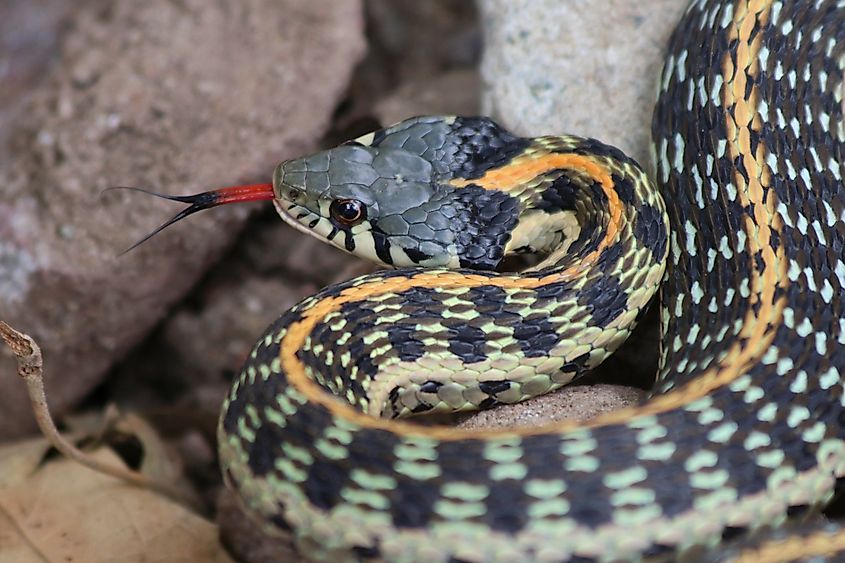
Lake Pueblo
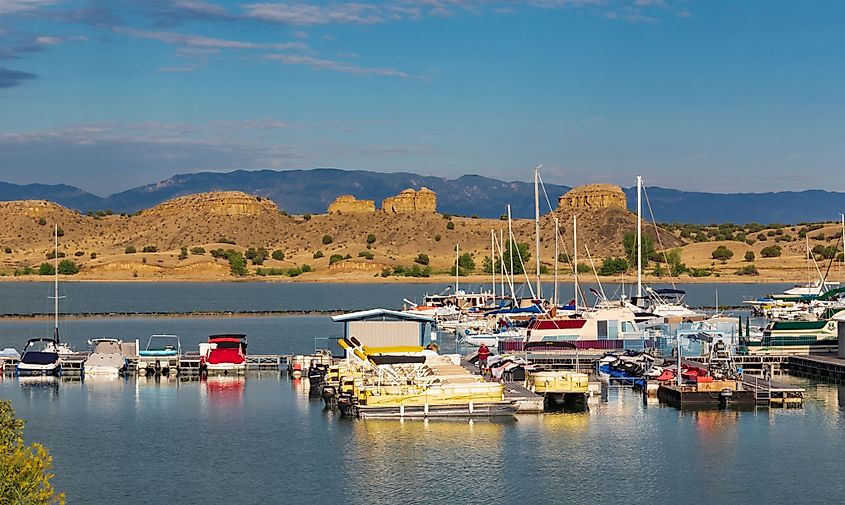
Lake Pueblo is located inside Lake Pueblo State Park and is a hot spot for fishing in the area. In and around the water, visitors may encounter a wide variety of reptiles that includes coachwhip snakes and bull snakes. Prairie rattlesnakes also reside within the park but are not typically found near the water, preferring a dry, grassland habitat instead. As for the other two species, neither is venomous, so there is no cause for concern. Those hoping to identify a coachwhip snake should look for a dark brown head that fades to a light tan/reddish color on the body. The bull snake, on the other hand, has a mostly yellowish body with dark brown/blackish blotches.
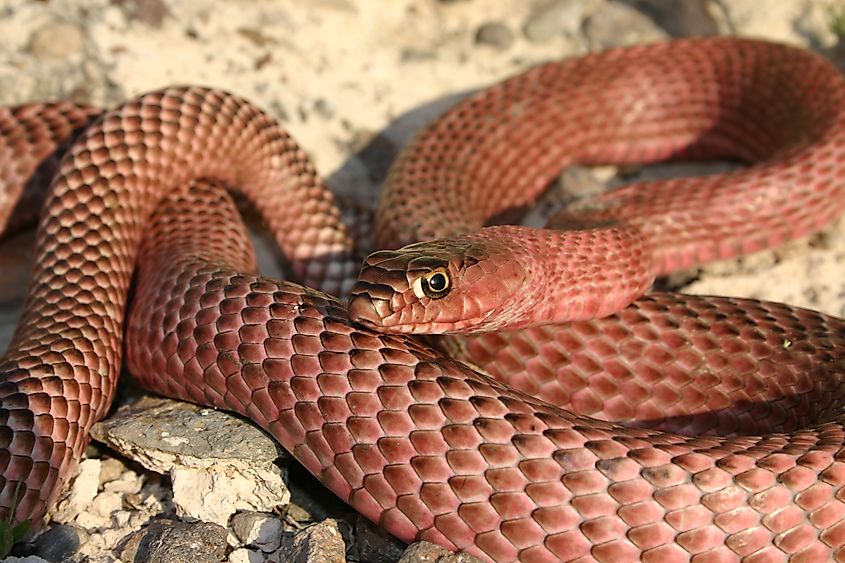
Rio Grande River
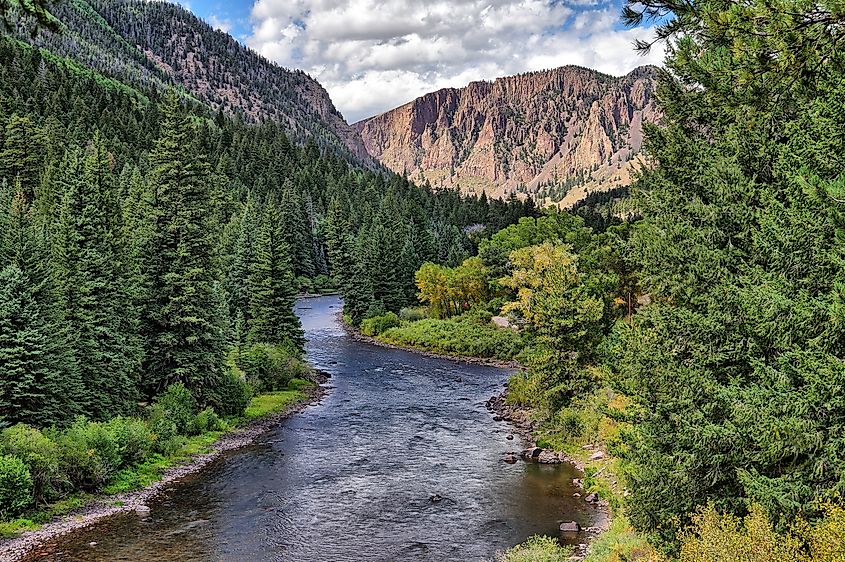
Starting in Southwestern Colorado and stretching 1,896 miles into the Gulf of Mexico, the Rio Grande River is huge, and so is its snake population. The long, winding river is home to an estimated 30 species of snakes. This includes both venomous and non-venomous varieties of snakes. Common Colorado snakes like the bull snake can be found here as well as Texas blind snakes, Flat-headed snakes, Western diamondback rattlesnakes, Texas coral snakes, Texas indigo snakes, Great Plains rat snakes, Gulf Coast ribbon snakes, Checkered garter snakes, and Schott’s whipsnakes.
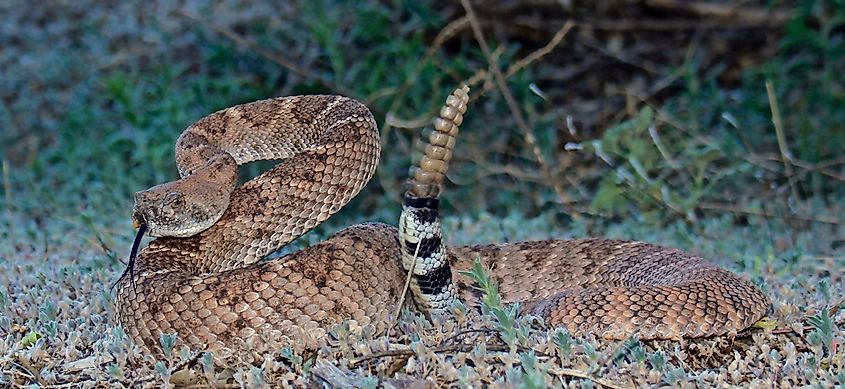
Although a handful of Colorado’s best bodies of water serve as a home base for slithering snakes, travelers can rest easy knowing most of them are non-venomous. That said, Colorado is home to a few species of venomous rattlesnakes, including the western massasauga rattlesnake, the midget faded rattlesnake, and the prairie rattlesnake. But don’t fret, these more dangerous snakes aren’t typically found near the water.
